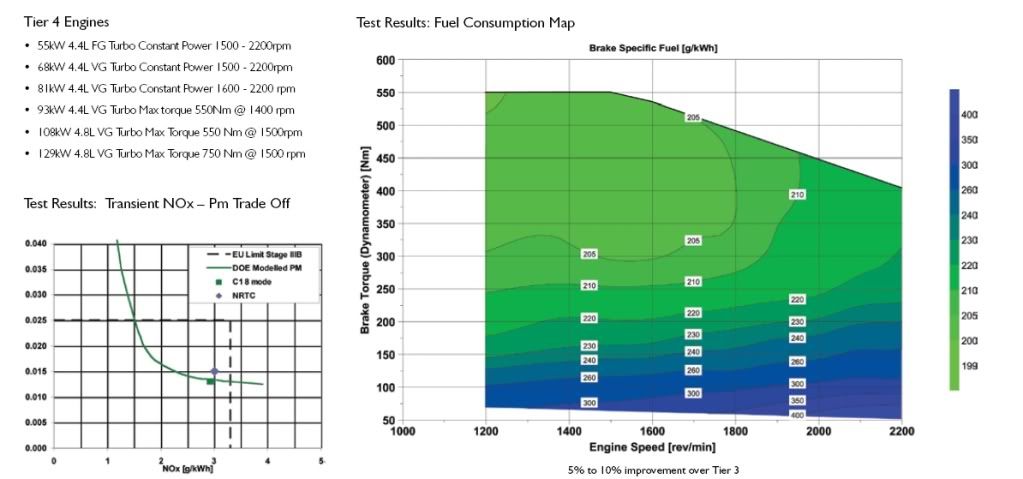Scarbs IMO is the top technical F1 journalist in the business. He is 100% focussed on tech issues and obviously has excellent contacts to all technical directors of the teams or at least to the vast majority. When he put out his twitter message it was on the day of the final session of the EWG. There is a comments dialogue on his blog page where he talks about some details of the 2013 regulation that other sources do not have.ringo wrote:Where does he get his numbers? Not saying they are unreliable, but can't necessarily put faith in speculation.
I agree that nothing is final until the official regulations set it in stone but in the absence of official figures I would use Scarbs figures as the next best thing.



